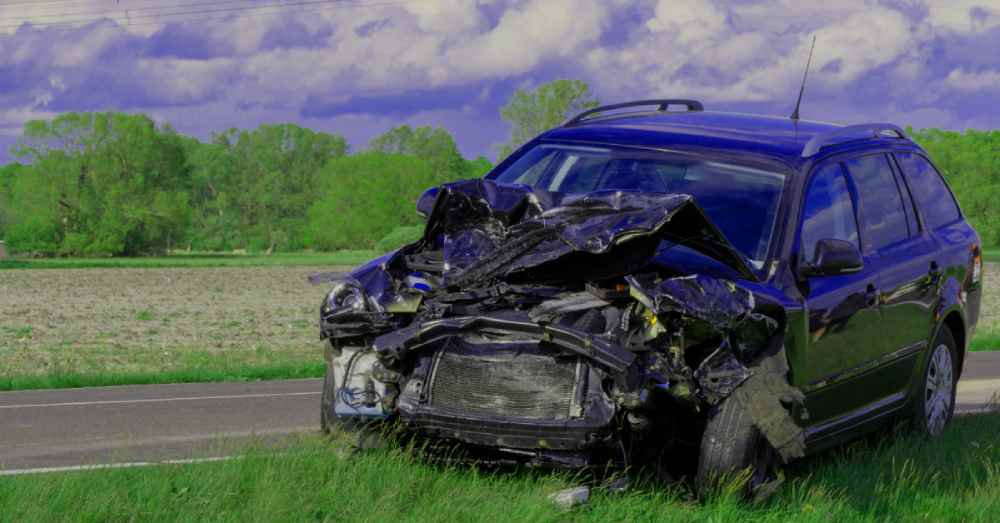Being involved in a car crash is a horrifying experience that no one wants to have. It can turn your life upside down, especially when you have to deal with physical injuries. The situation worsens when you find out that your car is badly damaged. The next step you would want to take is to recover the loss.
And then the insurance company declares your car a total loss. This decision can leave you with so much confusion and worry about losing your vehicle.
An insurance company takes this decision when it finds that the repair cost is greater than the actual cash value of your car. It determines it by applying the state’s specific laws, known as the Utah total loss threshold.
Every state has its own set of rules in the United States. Some apply a percentage-based threshold while others use the total loss formula, or TLF. These states are Illinois, Arizona, California, Ohio, Pennsylvania, Delaware, and more, where the total loss formula is used to determine if a vehicle is a total loss.
It includes three values - repair cost, salvage value, and actual cash value. If the ACV is exact or lower than the total estimate of repair cost and salvage value, it is a total loss vehicle.
If you are a car crash victim in Utah, you need to understand how TLF works in real life. It can help you understand the further process well and allows you to take every step carefully.
The insurance company uses the TLF to make the decision. They first calculate the repair estimate, salvage value, and then the fair market value to apply this formula and get the result. It looks like:
Repair Cost + Salvage Value ≥ Actual Cash Value (ACV)
To understand the real-world example of the total loss formula, let’s assume that your car’s pre-cash value is $10,000, the repair estimate is $6,500, and the salvage value is $4,000.
Let’s use the total loss formula:
Repair cost ($6,500) + Salvage value ($4,000) = $10,500
Since the total estimate is greater than the actual cash value, the insurance company will deem your vehicle totaled.

A totaled car means that the insurance company believes that the vehicle is not worth repairing and the repair cost is too high. Here is what you need to know:
The process starts with the evaluation of damage. The insurance company sends its estimators to calculate the repair cost and actual cash value.
Then, the formula is applied in which the repair cost and salvage value are added and compared with the fair market value. If the total exceeds ACV, then it is a total loss.
The process is followed by offering an ACV settlement offer, which is based on the condition of your vehicle right before the collision. However, the amount will not include your deductible.
Accepting the offer is an option you can choose if you think this is a fair settlement. Otherwise, you can challenge their decision and negotiate with the help of an appraiser from ADR-Claims for a higher payout.
If you are accepting the offer, you need to hand over the vehicle to the insurance company. You will have to sign over the title to do it. Then the company will more likely send it to the salvage yard.
If you are initiating a total loss claim process, you need to know about the paperwork involved:
Knowing the Utah total loss threshold can make a big difference in the approach you adopt to cope with the total loss situation.
Dealing with the total loss claim process should not be a stressful experience. All you need is clear, reliable guidance from the experts who can help you understand every step.
ADR Claims is your trusted partner when it comes to handling paperwork, reviewing the payout, or negotiating a fair compensation. We can help you know your options, making the process smooth and efficient. Call us today, as we are here to help you in the best manner!
Our quick and simple appraisal process can help you recoup vehicle-related losses.